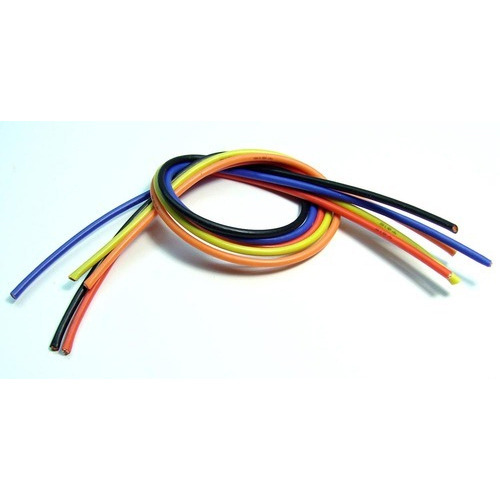The global reliance on electrical and communication networks is undeniable. As such, the quality, longevity, and safety of the wires and cables that power these networks are of utmost importance. One component that plays a critical role in ensuring these parameters is the wire and cable stabilizer. This article delves into the role, types, benefits, and application of wire and cable stabilizers in the modern world.
What is a Wire and Cable Stabilizer?
In the context of the wire and cable industry, a stabilizer is a chemical additive or compound that prevents the degradation of the material due to environmental factors such as heat, light, and oxygen. It ensures that the wire or cable remains functional, safe, and retains its physical properties over its intended lifespan.
- Heat Stabilizers:. Primarily used in PVC (polyvinyl chloride) cables to prevent degradation due to heat. The presence of chlorine in PVC makes it susceptible to breaking down when exposed to heat. Heat stabilizers, such as organotin and lead-based compounds, counteract this.
- Light Stabilizers:. These protect the wires and cables from the deteriorative effects of UV light. Commonly used light stabilizers include benzotriazoles, benzophenones, and hindered amine light stabilizers (HALS).
- Antioxidants:. Used to protect against oxidative degradation. They’re crucial for polymers that are prone to oxidation, ensuring that the cable’s insulation and jacketing materials do not break down prematurely.
Why are Stabilizers Important? (Wire and Cable Stabilizer)
- Enhanced Lifespan: Stabilizers ensure that wires and cables can withstand environmental stressors, thereby increasing their overall lifespan. This reduces the need for frequent replacements, leading to cost savings.
- Safety: Degradation of wires and cables can lead to safety hazards, including short circuits and fires. Stabilizers maintain the integrity of these wires, ensuring they function safely over time.
- Performance: Wires and cables need to transmit electrical or signal energy efficiently. Degradation can lead to loss of signal or reduced electrical conductivity. Stabilizers help maintain the optimum performance of these cables.
- Aesthetics: For cables used in visible areas, discoloration due to UV exposure or heat can be unsightly. Stabilizers help maintain the original color and appearance of these cables.
Application of Stabilizers in Various Industries
- Telecommunication:. With the growth of telecommunication networks globally, the demand for high-quality cables that can withstand various environmental conditions has surged. Stabilizers play a pivotal role in ensuring the durability and longevity of these cables.
- Power Generation and Transmission:. High voltage power cables require a high degree of stability to withstand the heat generated during power transmission. Heat stabilizers are commonly used in these applications.
- Automotive:. Modern vehicles have intricate wiring systems that are exposed to heat, especially near the engine. Stabilizers ensure these wires retain their functionality and don’t degrade, which could lead to vehicle malfunctions.
- Construction:. Wires and cables used in buildings are often exposed to sunlight, necessitating the use of light stabilizers to prevent degradation.
Challenges and Environmental Concerns
The use of certain stabilizers, especially lead-based compounds, has raised environmental concerns. These compounds can leach into the environment, leading to soil and water contamination. As a result, the industry is shifting towards more environmentally friendly stabilizer alternatives.
Conclusion
Wire and cable stabilizers are unsung heroes in the modern world and silently ensuring that our power and communication lines remain functional, safe, and efficient. As the demand for more durable and long-lasting cables grows, so does the importance of these stabilizers. It is imperative for manufacturers to continuously innovate, seeking environmentally friendly stabilizers that not only protect our cables but also our planet.

